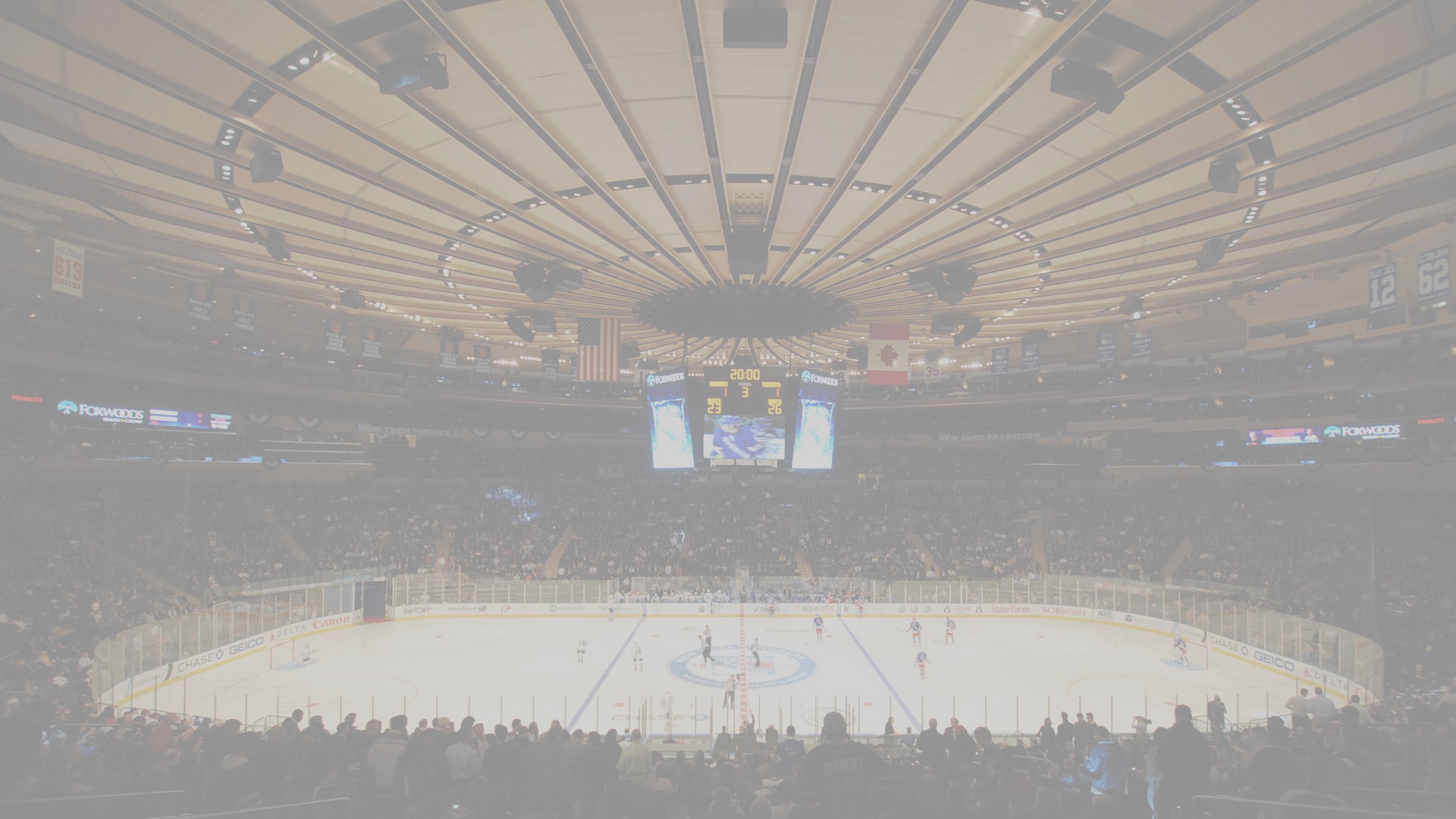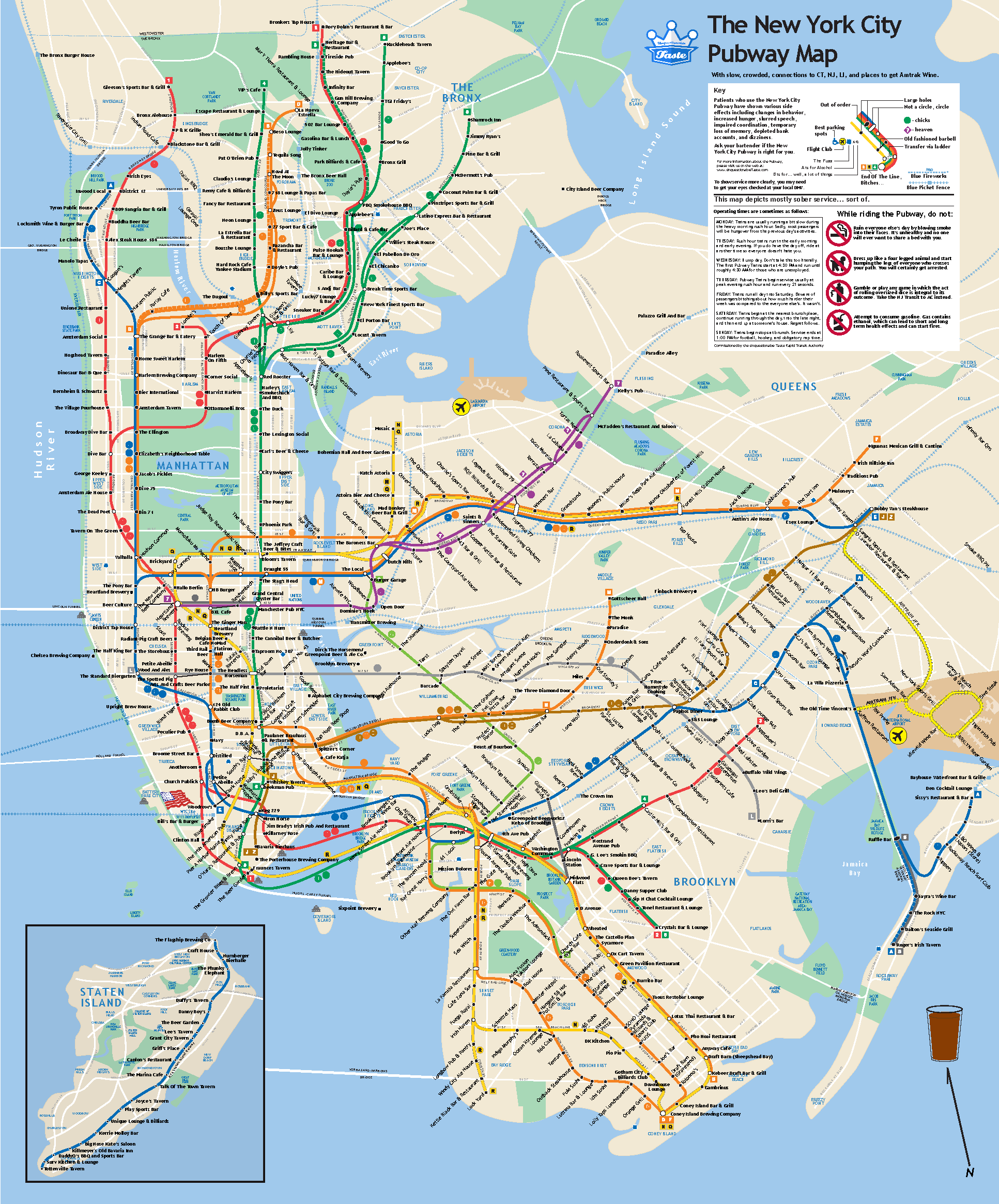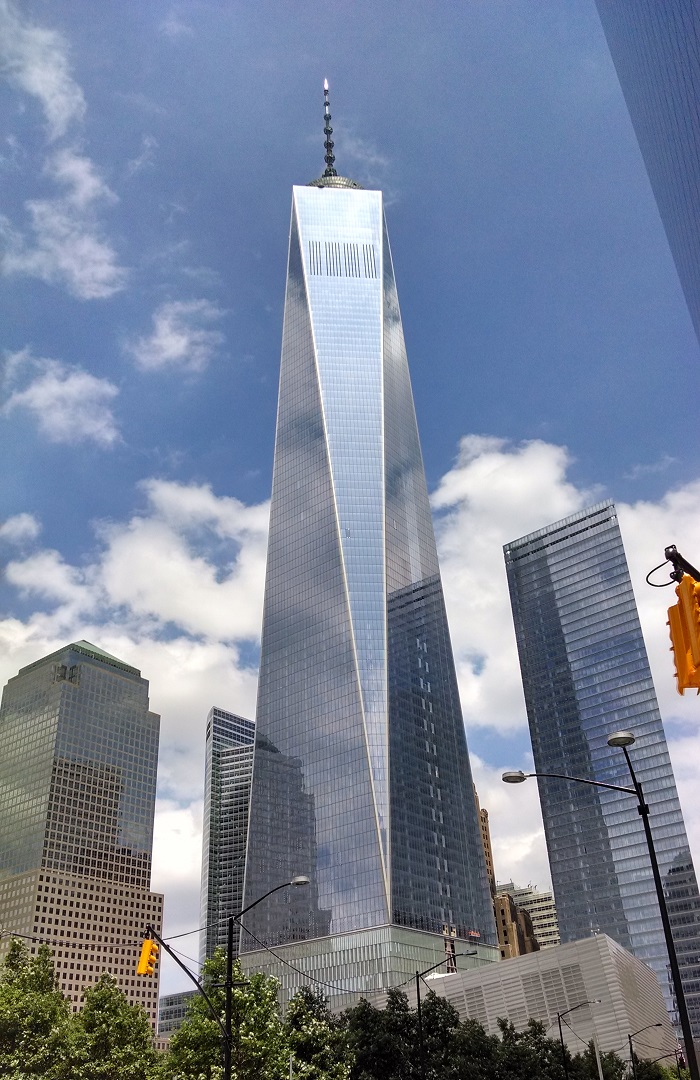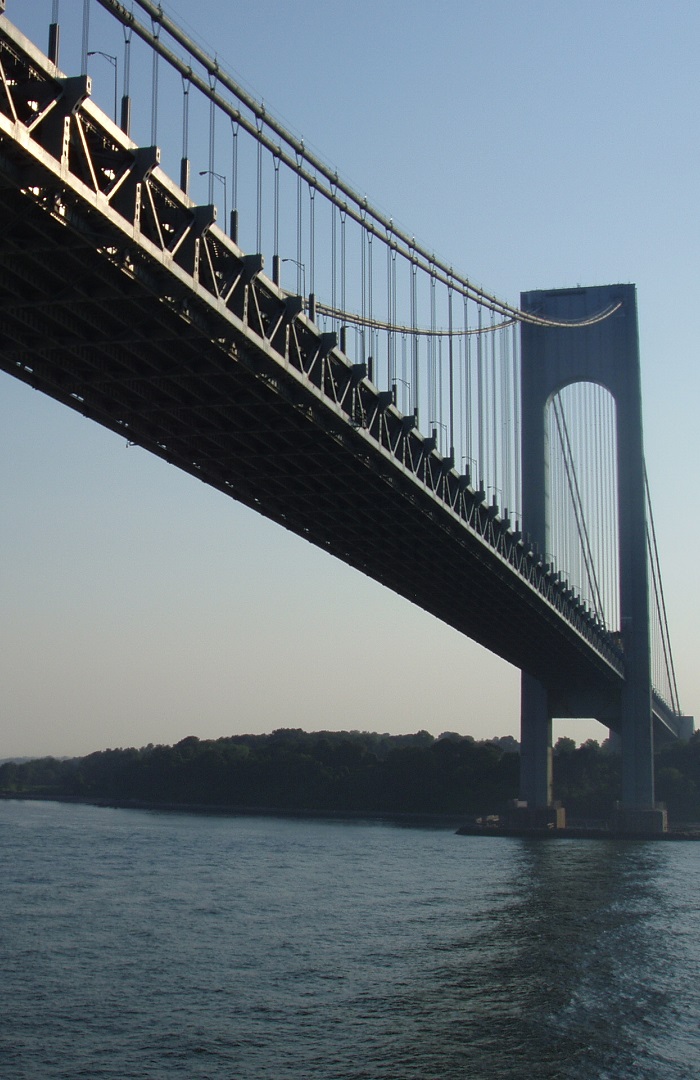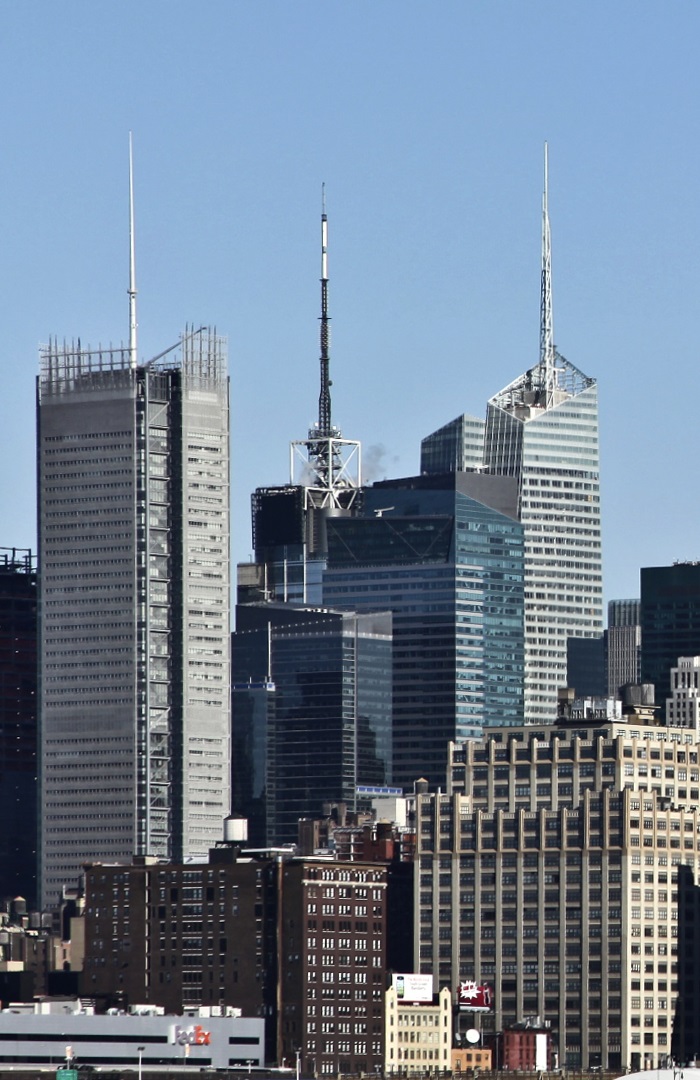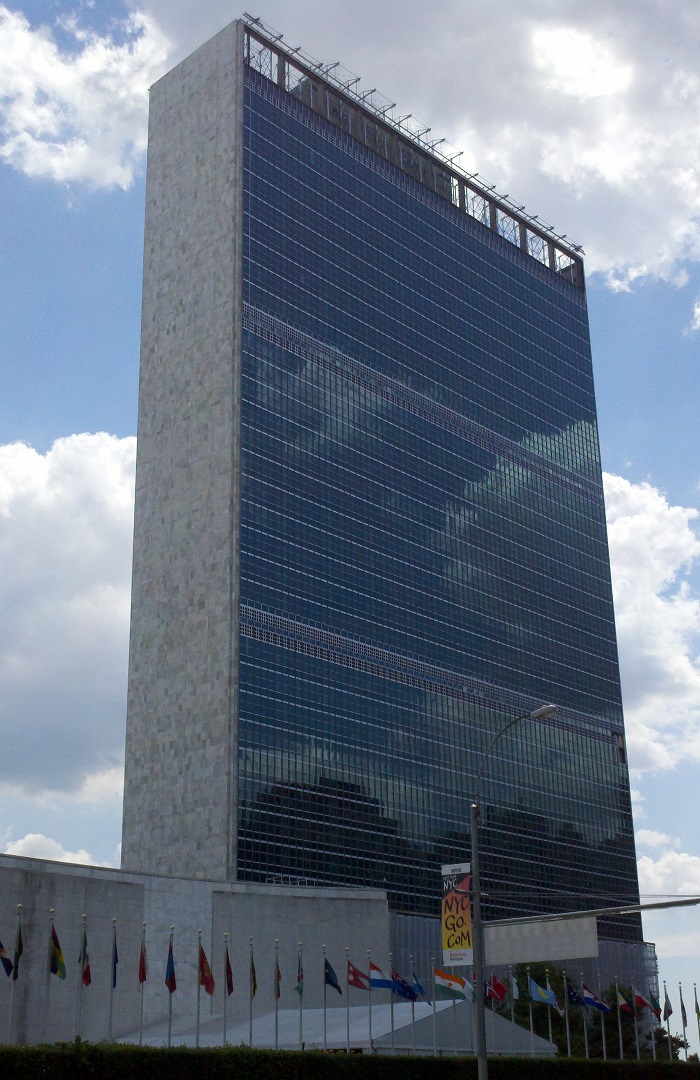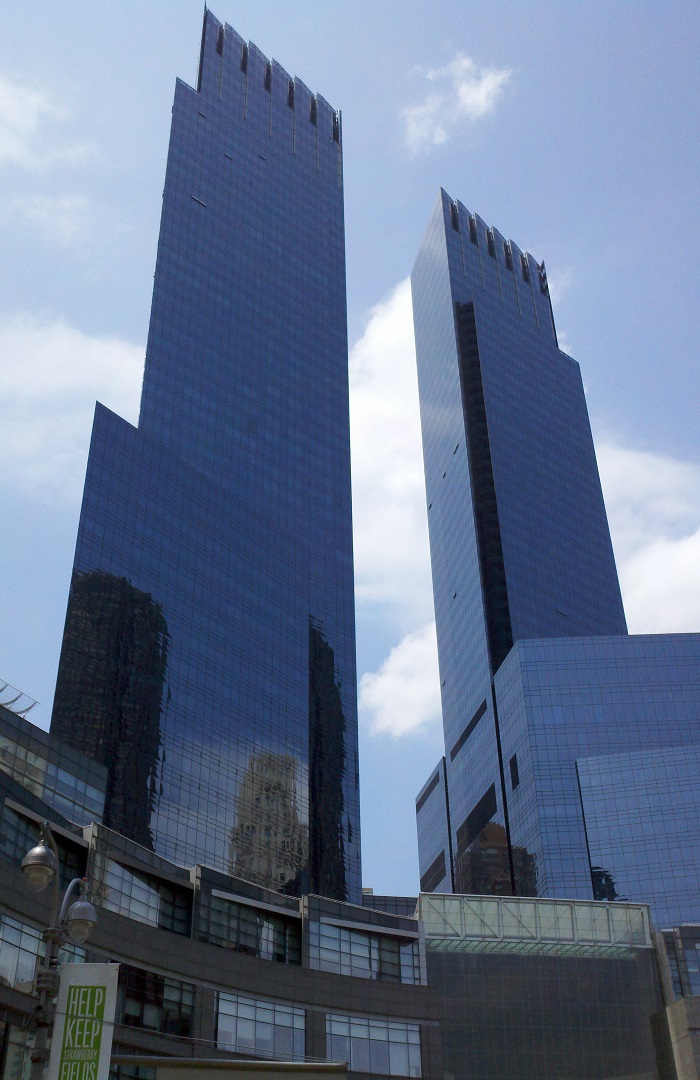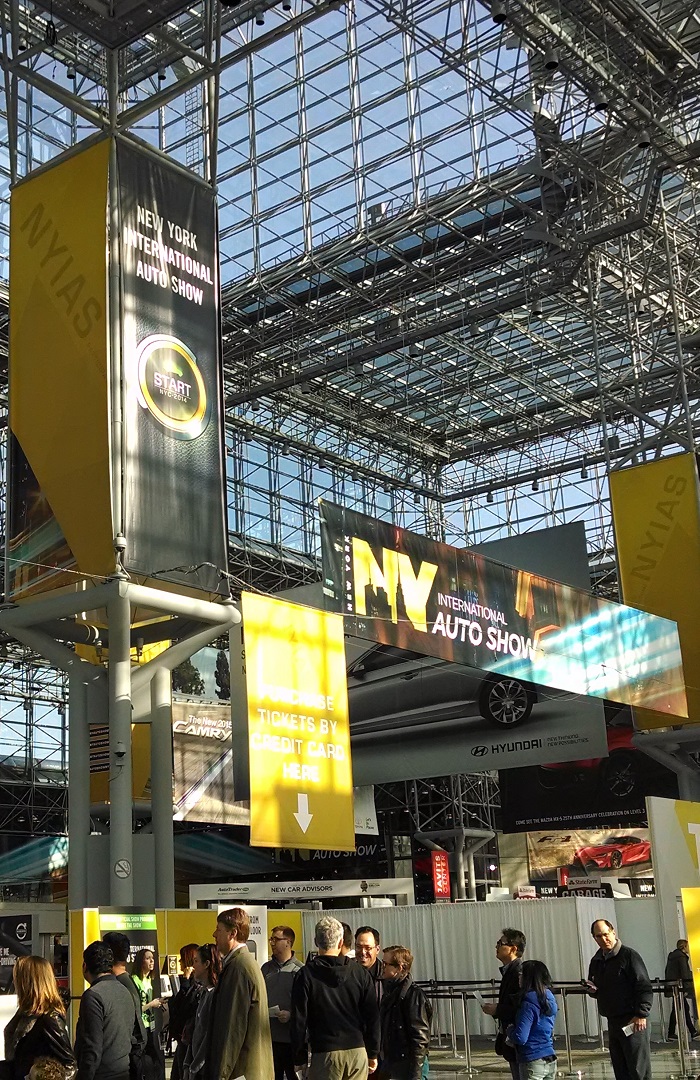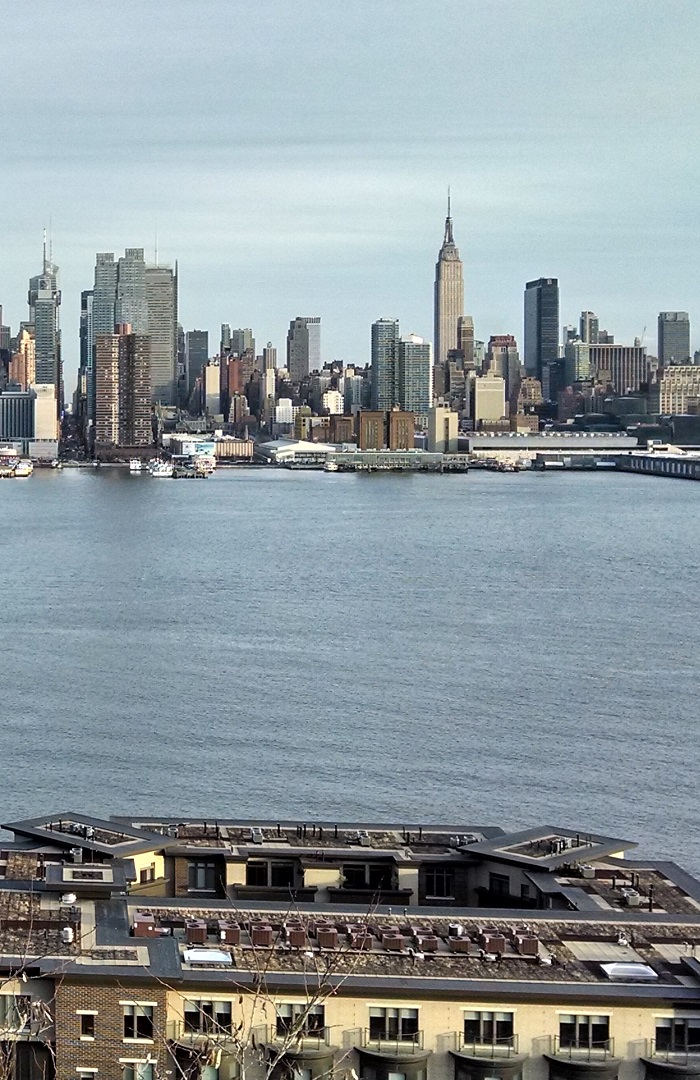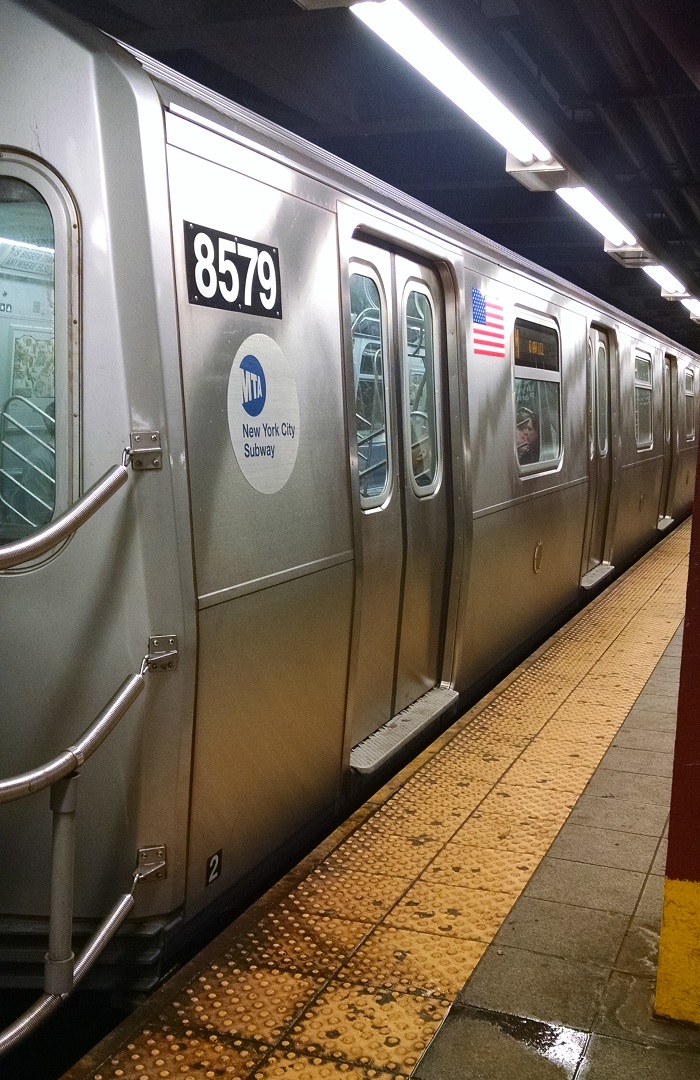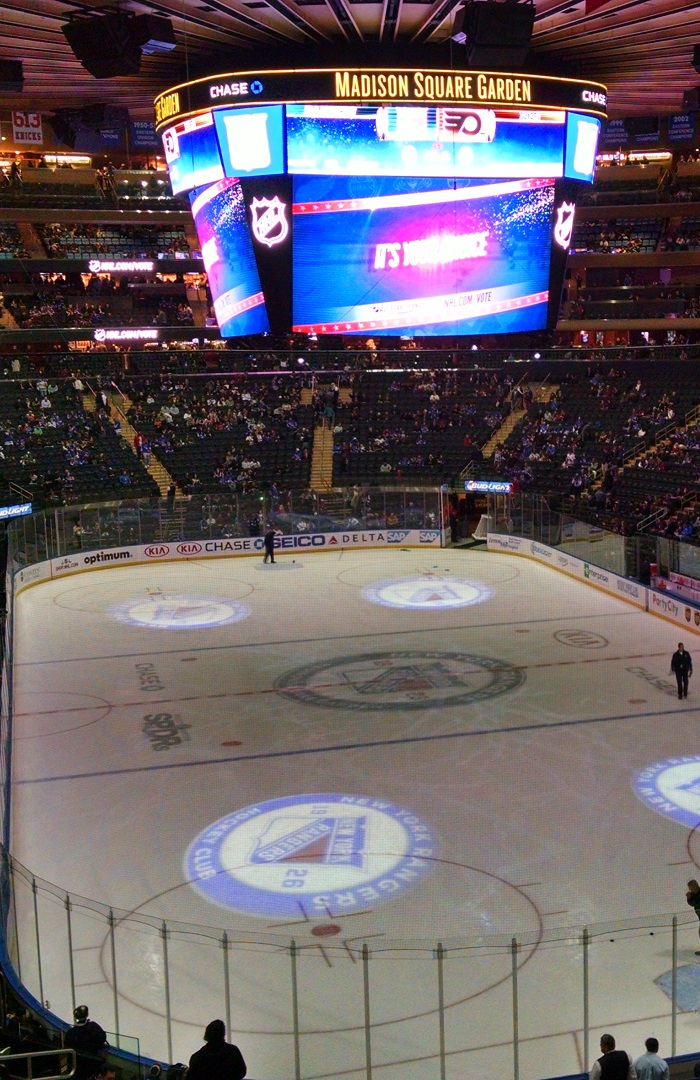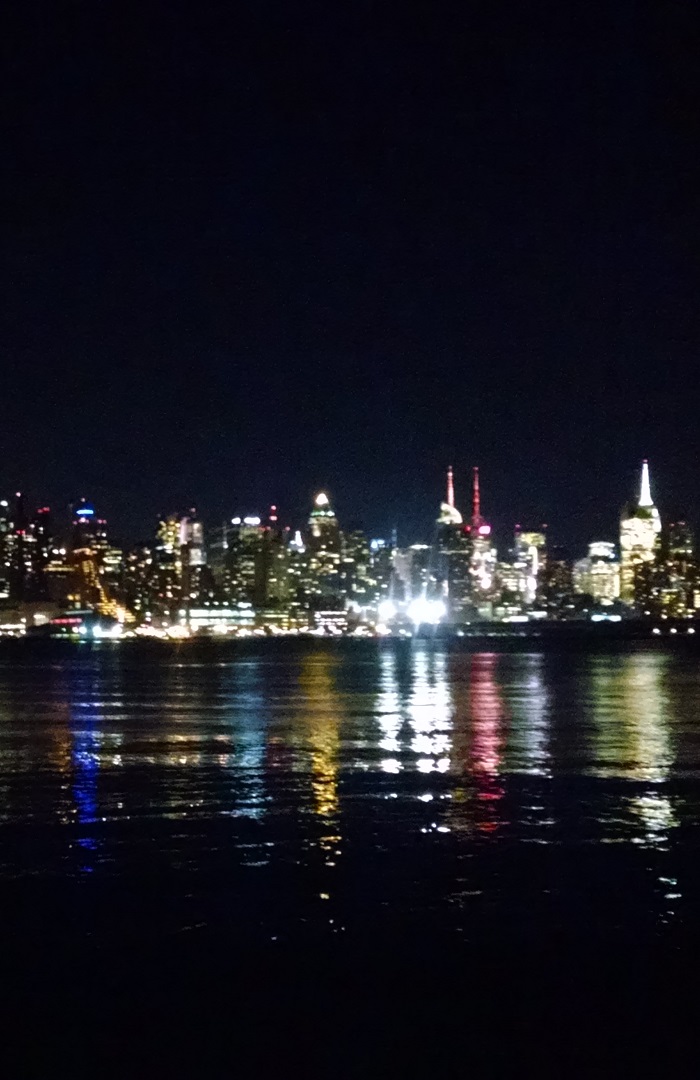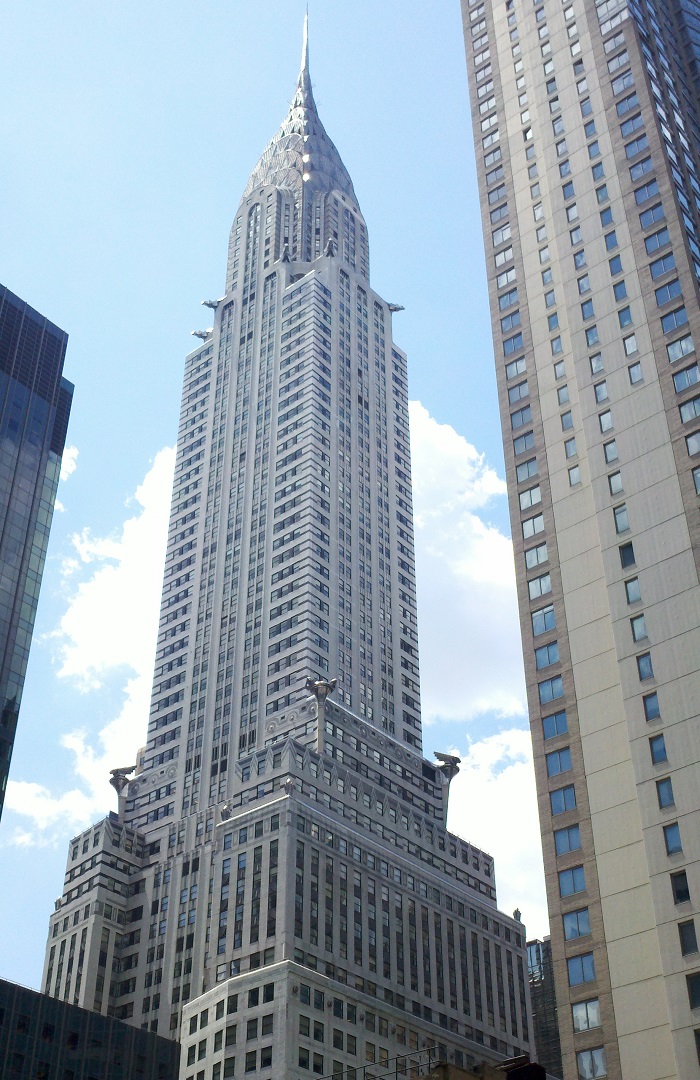Today the city continues to be a leading global center for art, media, real estate, cuisine, finance, technology, transportation, architecture, advertising, fashion, music, retail, and education. Its entertainment industry is headlined by the world famous Broadway theaters in Midtown, of which over forty contain at least 500 seats, while Brooklyn continues to be an alternative and indie culture crossroads. Over 500 art galleries bring color and expression to the city, and the city has over 4,000 mobile food vendors in addition to its 24,000 health inspected restaurants. New York Holds the distinction of being one of the only five cities to have won championships in all four major professional sports leagues, and only one of two cities to have also won a major soccer title as well (Chicago being the other). Four of the ten most expensive stadiums ever built lie within the New York Metropolitan area, and the city is home to more major professional teams than any other city with the Islanders, Rangers, Devils, Giants, Jets, Yankees, Mets, Nets, and Knicks all within the area. The city is also home to many of the world’s most famous politicians, sports figures, actors, musicians, and other celebrities. And aside from the glitz and glamour of the city being what it is, New York is also home to many large and small Breweries which distribute their products via many of the country’s best beer bars that exist within the city. New York’s night life and bar scene is a separate world on its own, but on the quieter, non-club side, people who find themselves in the neighborhoods of Astoria, Atlantic Yards, the Financial District, the East Village, Hell’s Kitchen, and Greenpoint will be especially happy with the craft beer options offered on tap.



